Africa Centre of Excellence in Coastal Resilience |  University of Cape Coast
University of Cape Coast
Image
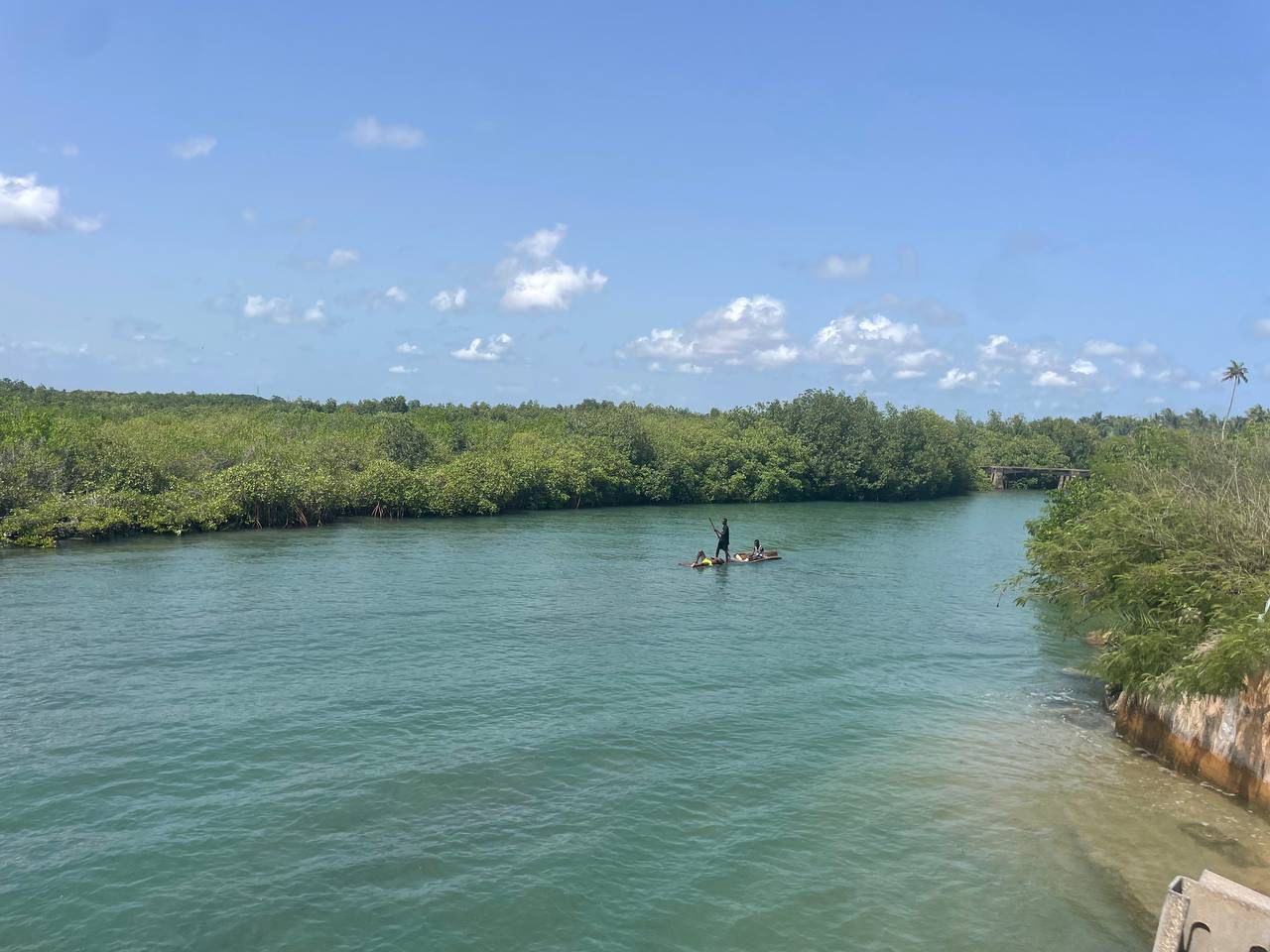
Posted On
Wednesday, June 5, 2024 - 10:30
Body
Mangroves are coastal forests found in tropical and subtropical regions, characterized by salt-tolerant trees and shrubs that thrive in intertidal zones and areas where seawater meets freshwater, creating unique ecosystems.
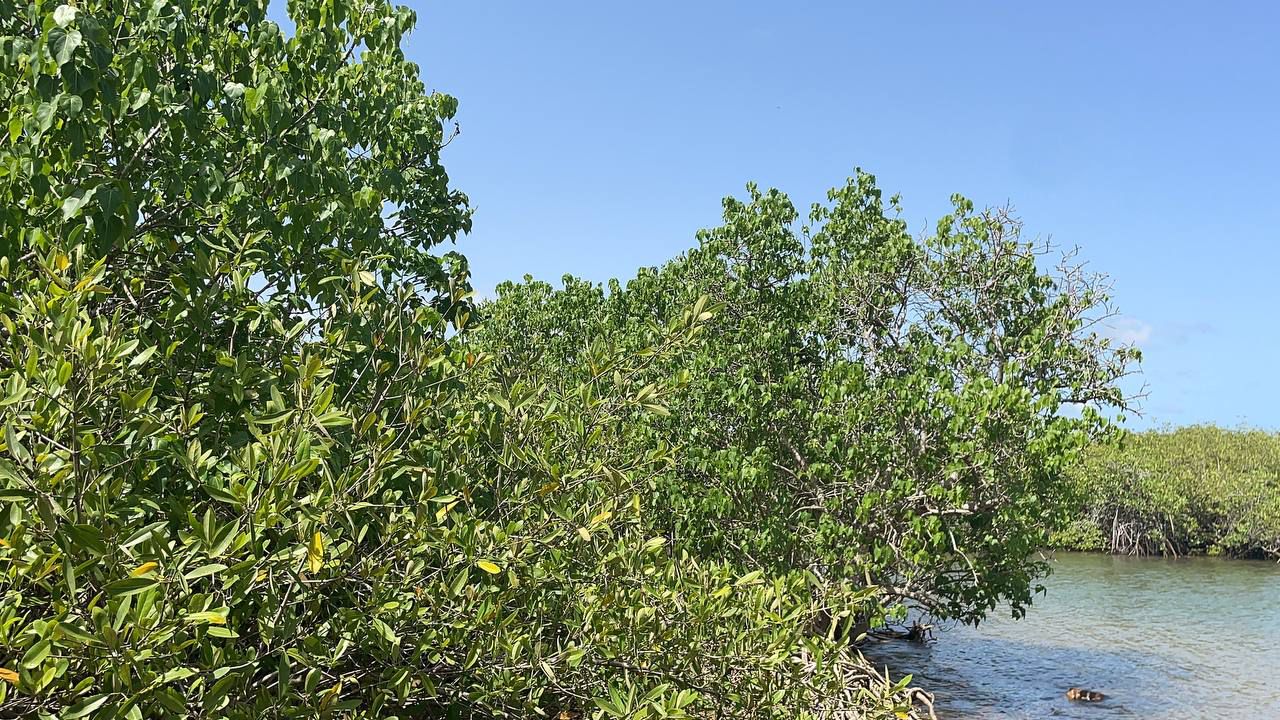
They are crucial for coastal environments as they provide habitat and nursery grounds for a wide range of marine organisms, including fish, crabs, and birds, while also providing nutrients for these organisms by contributing to the various nutrient cycles. Their dense root systems function to stabilize shorelines, reducing erosion and protecting coastal communities against storm surges and floods. These roots do not only trap sediments but pollutants as well, improving water quality.
For human beings, mangroves are invaluable. They support fisheries, which are vital for food security and local economies, by providing habitat and nutrition for spawning and various life stages of some fish species. Mangroves also act as carbon sinks, sequestering (removing from the atmosphere and storing) significant amounts of carbon dioxide, thus playing a role in reducing the greenhouse effect, thus, mitigating climate change. Additionally, they offer resources like timber, fuel, and medicinal plants.
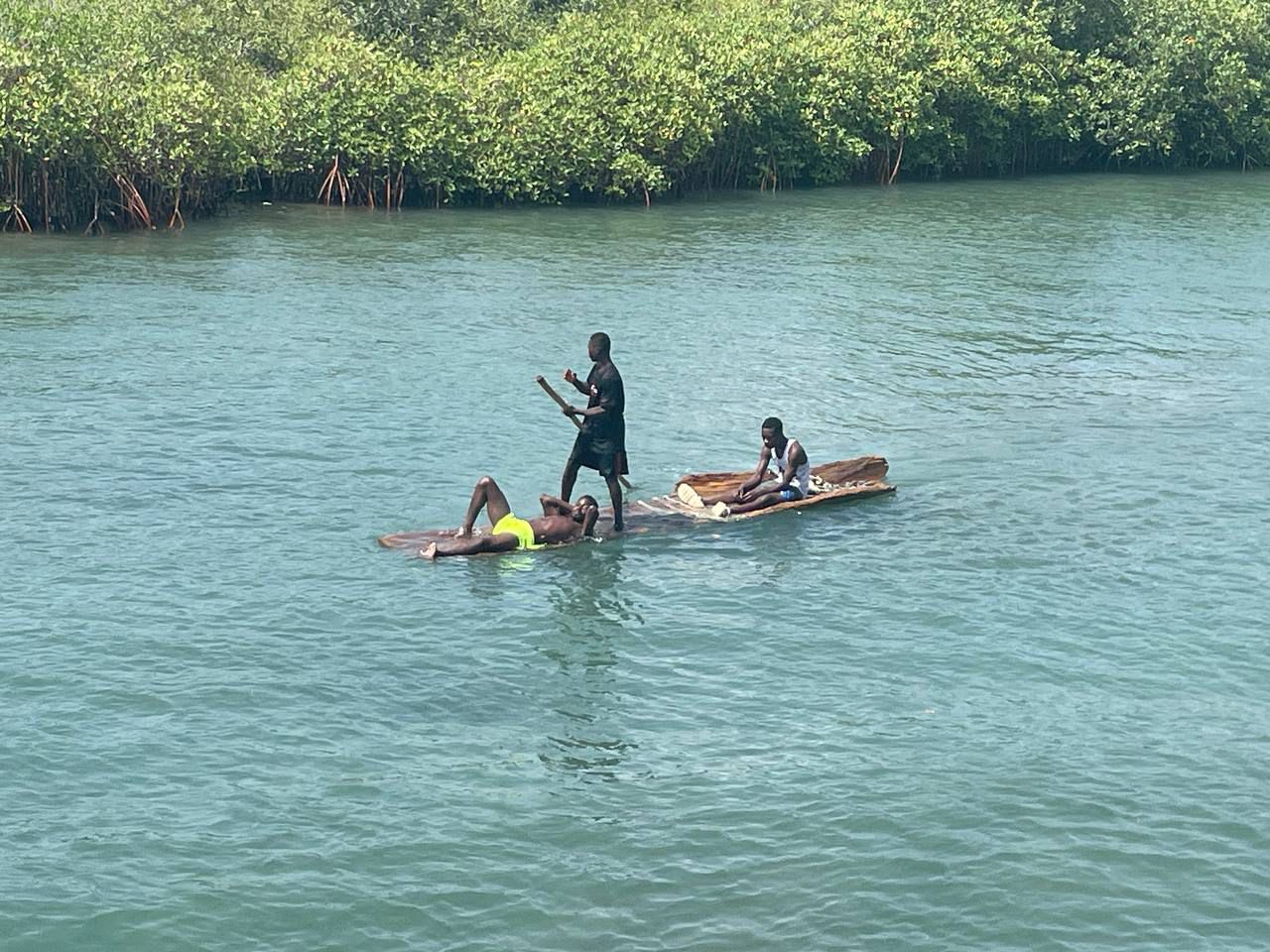
Mangroves are therefore essential for maintaining coastal biodiversity, protecting shorelines, supporting livelihoods, and combating climate change, and should be protected as much as possible.
On this day of celebrating the World Environment Day, we advocate for the conservation and reforestation of mangroves for a healthy coastal environment.
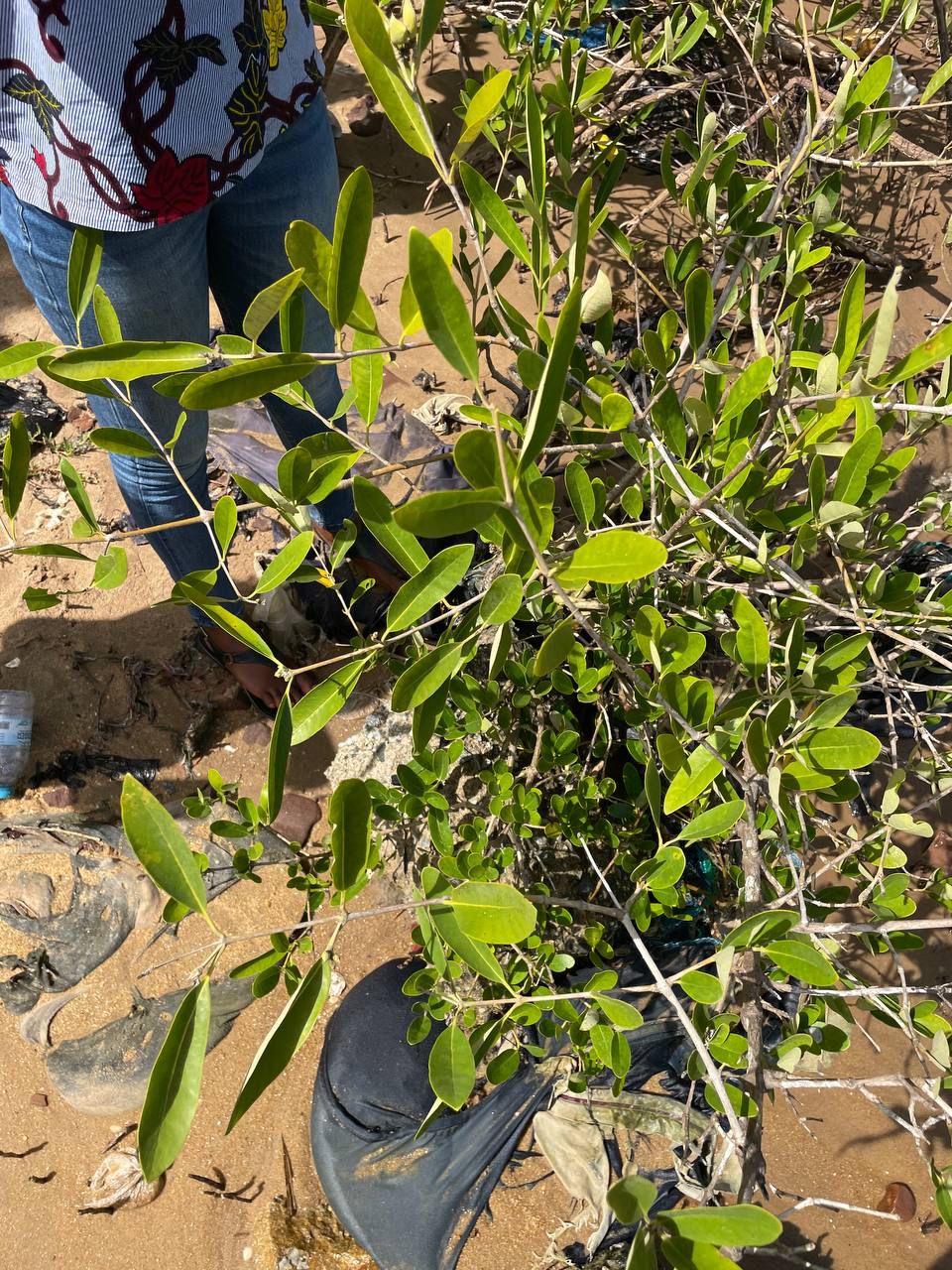

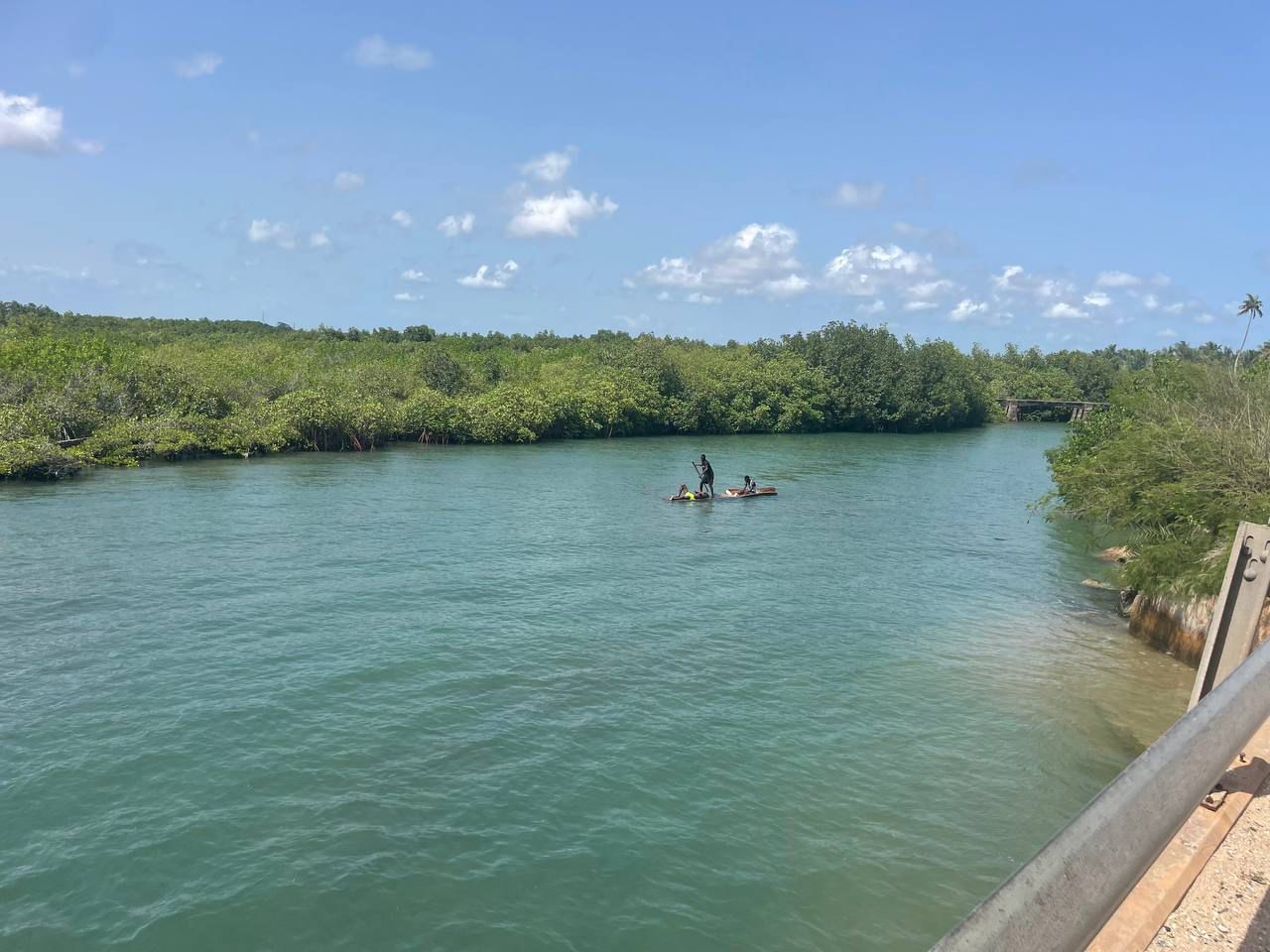


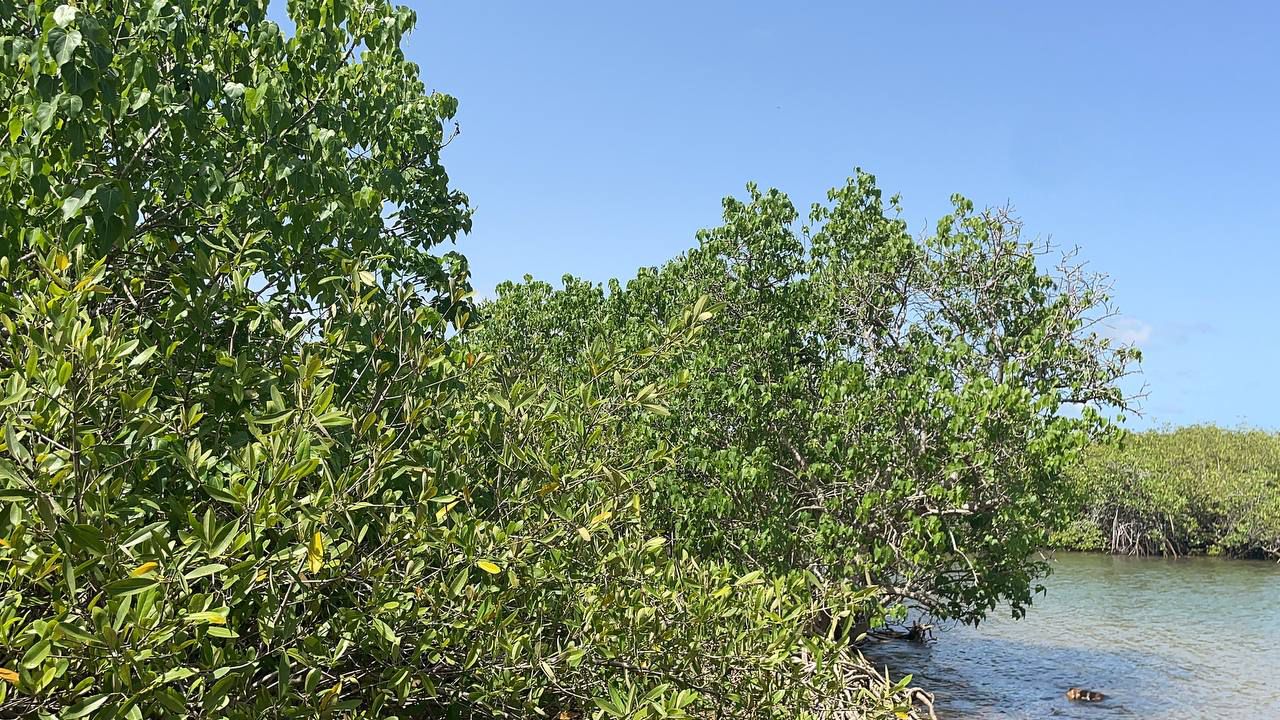
Last modified
Categories
Recent Posts
- CampusNov 20, 2025
